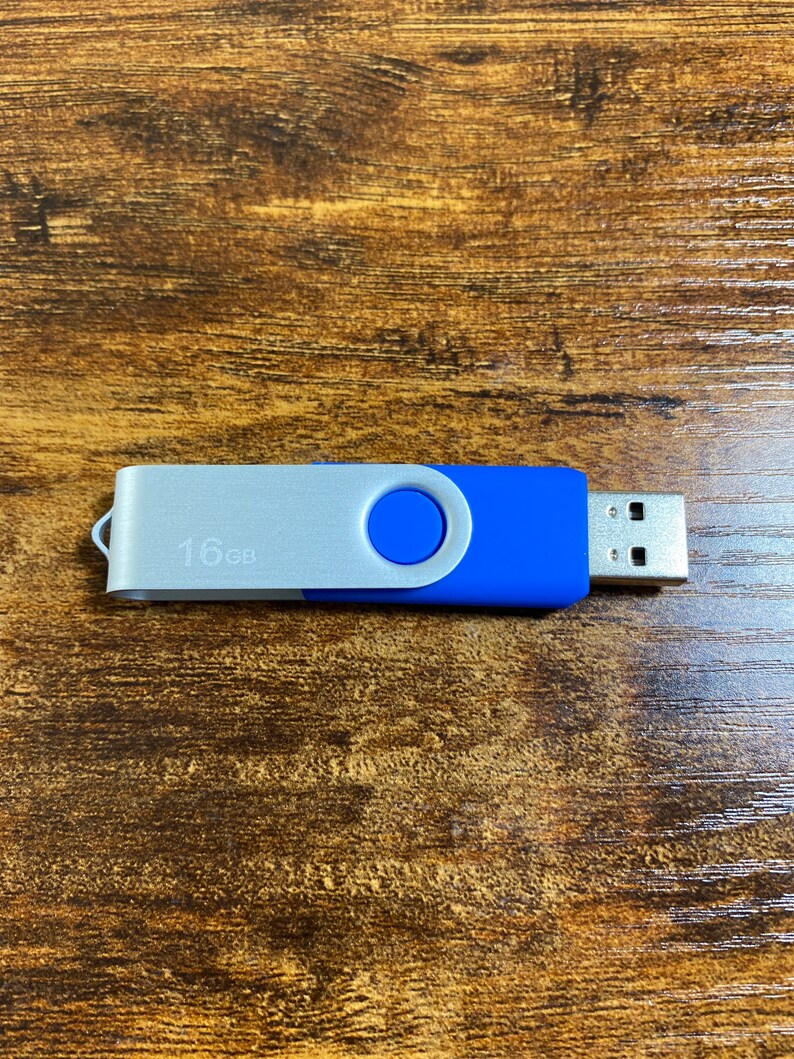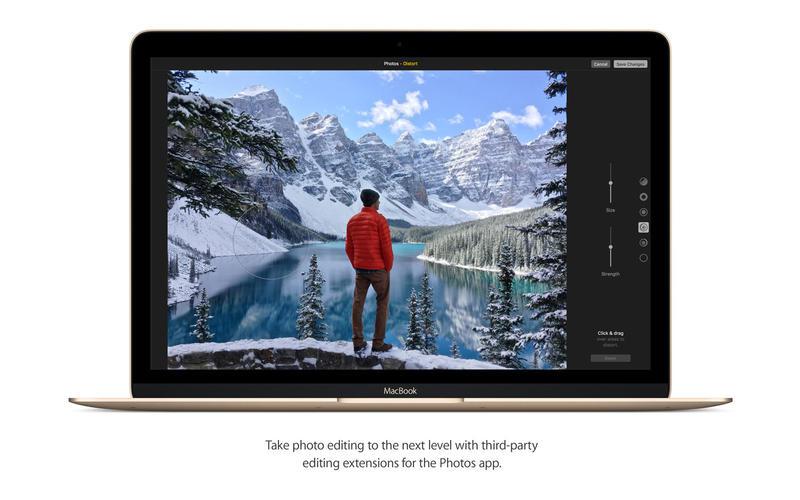
- #USB MAC OS X EL CAPITAN HOW TO#
- #USB MAC OS X EL CAPITAN INSTALL#
- #USB MAC OS X EL CAPITAN UPDATE#
- #USB MAC OS X EL CAPITAN UPGRADE#
- #USB MAC OS X EL CAPITAN LICENSE#
#USB MAC OS X EL CAPITAN INSTALL#
I recall doing what I thought was a ‘clean’ install of a later version of Mavericks but mucked it up by bringing in all the flotsam and jetsam accumulated along the way, saved in SuperDuper.
#USB MAC OS X EL CAPITAN UPGRADE#
The only other upgrade done to it was Mavericks, which it’s on now. My current OS X device, a 5-year old Macbook Pro, began with Snow Leopard. I’m in agreement that using Migration Assistant in tandem with the installation of a new OS is asking for trouble, or for at least in my case, it is. Migration Assistant does nothing but migrate the crap from the previous version of OS X that a clean install is supposed to get rid of. Once you do a clean install, it’s like having a new (and much faster) Mac.
#USB MAC OS X EL CAPITAN LICENSE#
For those apps/sofware that I purchased on third-party websites, I just go to those sites and re-download them at no charge (assuming you still have you license information). Then install new versions of my apps (most of which have been updated to work best on El Capitan) from the Mac App Store. After wiping my hard drive of all of the garbage that it has collected since the last install of OS X, I just go into Time Machine and drag over my photos, movies, music, and documents to their folders in Finder. I’ve never lost a single piece of data after a clean install. Although there are other ways of doing a clean install that don’t involve a “bootable version” and the use of Terminal, the bottom line is that wiping your hard drive and restoring only the files that matter–photos, videos, music, and documents–is the best way to put a new version of OX on your Mac. Using Migration Assistant undermines the entire process of a “clean install.” It’s the worst way to install a new version of OS X because it simply restores (i.e., “migrates”) all of the crap that has built up on your hard drive from the previous version of OS X on you Mac, especially in the User Library (e.g., vast amount of cache garbage, old, corrupt. Now you’re ready to manually move your files and data back to the Mac, or start as new with nothing on the Mac, whatever works for you. No files, no data, nothing will be on the Mac except for what comes with OS X El Capitan, that is what a clean install is for. When finished, OS X El Capitan will boot into a brand new clean install, running through the initial OS X setup process on the Mac as if the Mac was brand new. Completing a fresh installation of OS X 10.11 can take a while, so be prepared for at least 30 minutes to several hours, depending on the speed of the drives in use.

That’s it, OS X El Capitan will perform a fresh installation on a now empty hard disk volume that you just formatted. Agree to the terms, and choose “Macintosh HD” (or matching whatever the name you formatted the drive to) from the list and click on “Install”.Now choose “Install OS X” from the menu, click Continue.When the drive is finished erasing, quit out of Disk Utility to return to the “OS X Utilities” screen.Give the drive a name or keep it the same, and under “Format” choose “OS X Extended (Journaled)”, then click on “Erase” – THIS ERASES EVERYTHING ON THE MAC, THIS IS NOT REVERSIBLE.Select “Macintosh HD” (or whatever the name of the target Mac drive), then click on the “Erase” button.At the “OS X Utilities” screen, select “Disk Utility”.After you hear the boot chime, immediately start holding the OPTION key during boot, continue to hold until you see a boot loader menu appear, at this screen choose “Install OS X El Capitan”.

#USB MAC OS X EL CAPITAN HOW TO#
How to Clean Install OS X El Capitan & Start Fresh If you don’t know what you’re doing with a clean install, and you have not made backups, don’t try this, you will lose data. This is generally best for advanced users. If you are choosing to do this, you need to backup your data yourself, as erasing the volume and performing a clean install means nothing is coming with it. Remember, a clean install will erase everything, format the hard drive, and then install OS X El Capitan with nothing else on the Mac.

If you have already installed OS X 10.11 on the Mac, you can download it again and create a boot installer with these instructions. You will need to have made a bootable OS X El Capitan installer drive with a USB flash key to perform a clean install.
#USB MAC OS X EL CAPITAN UPDATE#
While most Mac users are well served by running the normal update process to OS X El Capitan after it has been downloaded from the Mac App Store, this guide is for users who want to start fresh.


 0 kommentar(er)
0 kommentar(er)
